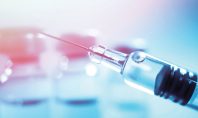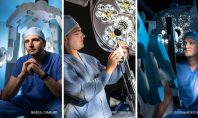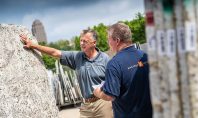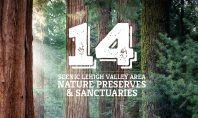The Importance of Science in the Classroom
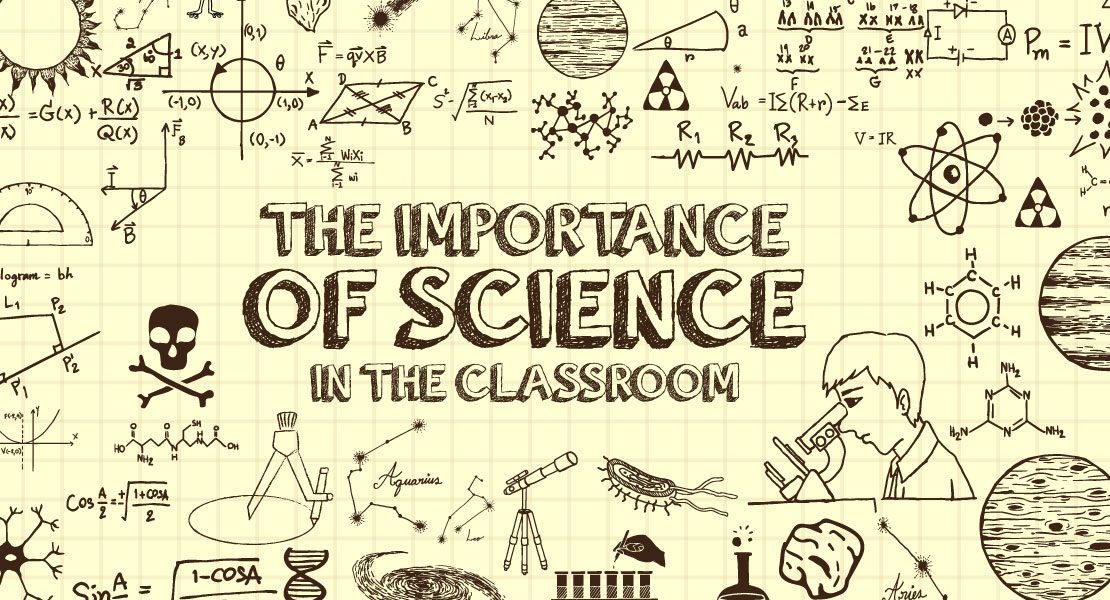
The world always has been and always will be full of discoveries to make and problems to be solved. Learning about those discoveries remains an important part of science in the classroom, but these days, the focus is increasingly about teaching students how to make those discoveries and approach and solve those problems.
“As the demand in the working world has become more skill-based and less rote, science has tried to answer the call,” says Lee Mescolotto, who teaches biology at Harriton High School in the Lower Merion School District. “We’re trying to move students away from memorizing facts and instead into applying skills.”
Where, in the past, students might have done a formulaic investigation, following a set of directions in a lab manual to reach a predetermined outcome, “we now use those labs as a foundation, then from there, have the students ask their own questions and start to explore on their own, ask them what else they can do with the variables that are given, what would happen if they change a variable in the process, what they would predict would happen if the variable changes,” says Mescolotto, an Allentown Central Catholic graduate.
The focus is on inquiry and the scientific method, with a goal of teaching students to be lifelong learners. It’s also increasingly interdisciplinary. Part of the discovery process for the students, he says, is realizing the connections among math, reading, and science. “We’re no longer saying algebra is just for algebra class. We now infuse math in biology as well as chemistry.”
This paradigm shift is both exciting and challenging, Mescolotto says.
Some students require help to make the connection. “It’s sometimes difficult for them to understand why we need math in biology or why we’re doing graphing or dimensional analysis in biology,” he says. “But we’re preparing them, and laying the foundation for chemistry the next year. It’s that spiraling of skills that gives students the advantage; the analysis skills need to be infused from one course to another. Eventually, they start to see that they’ve done this before and will be able to apply it.”
It’s also an educational shift for the instructor. “When I started teaching, you could go in, be given the textbook, and you’d know what to do. You’d come up with your lesson plan, and you followed the textbook. That’s hard for teachers to break out of,” Mescolotto says. “Now, we’re moving away from the textbook and expanding. We use the lab as a foundation, but the real test is whether the students explore and ask questions.”
He has found both the professional learning communities and the younger science teachers in his district are invaluable in making the transition, which has been ongoing in the district’s curriculum for a number of years. The communities gather interdisciplinary teams of teachers together to deal with student issues and offer expertise in their own fields. And, he says, many of the younger teachers come into the profession with an inquiry-based background and a keen proficiency in technology.
That’s because the same changes are occurring at the college level.
The science departments at Lafayette College have been focusing on inquiry-based education for the past 10 years or so, says Bob Kurt, professor of biology. The initial focus was on upper-level courses. “But for the last six or seven years, we’ve been implementing more inquiry for first-year students, both in the lab and in the classroom, to try to show the relevance of biology for their everyday lives and how it fits” with other fields.
At Lafayette, there is an increasing number of interdisciplinary courses and research projects, faculty members often work across departments and there are even faculty getting hired at the intersections of various fields, Kurt says. “The disciplines are blending together more and more; the lines are getting blurry,” Kurt says. While there are challenges, such as learning to communicate and convincing students of the importance of broadening their horizons, “it allows you to ask some new and interesting questions that can’t be solved in a single discipline. To answer the tough questions, you have to work with people.”
“The interpersonal skills, the ability to speak to people, to give a presentation, the ability to adapt, to apply more than one principle to what you’re doing are absolutely essential,” Mescolotto says. “Sometimes in the real world, there’s not just one answer. That’s what we’re trying to get the kids to think about. Those skills are so in demand right now.”
An Inquiry-Based Lab
If you went to high school when a typical science lab was dissecting a frog or mixing two chemicals together to observe the reaction, you might be wondering what an inquiry-based lab would look like.
One such lab that’s popular among Mescolotto’s students is gel electrophoresis, where the students learn to separate DNA in an electric field. The students receive a kit including a DNA sample and have to learn the technique of loading and staining the gel.
“That part’s scripted, but it’s the application afterward that’s important,” Mescolotto says. Once you have the results, “you use that as a starting point for discussion of DNA fingerprinting, crime scene investigation, paternity suits. It’s a foundational technology with many implications.”


